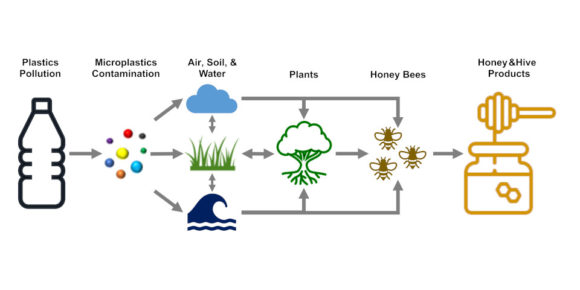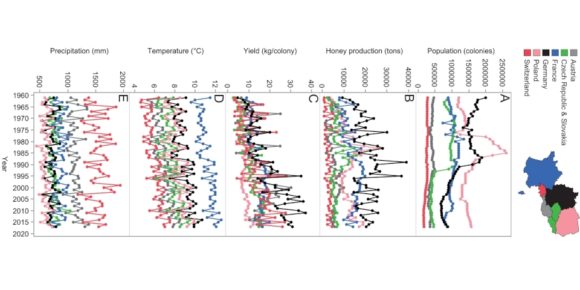Natural plant toxins in honey: An ignored threat to human health
Consumers often believe that “natural food” is harmless, however naturally occurring toxins in food represent a health risk to humans. Honey as a natural, nutritious sweetener, is one of the most commonly consumed foods throughout the world. However, food safety concerns for honey arise when honeybees collect nectar from poisonous plants such as Rhododendron sp., Coriaria arborea, and Tripterygium wilfordii Hook…











